Mind the Gap: Bridging Innovation’s Supply and Demand in the AI Era
Addressing the disconnect between AI capabilities and societal needs
Neil D. Lawrence
Advances in Data Science and Artificial Intelligence Conference 2025, Manchester
AI Policy Challenges
- Public priorities: health, education, security, social care
- Current focus: creative content generation, commercial applications
- Result: innovation misalignment with societal needs
The Implementation Gap
- UK Horizon program: wrongful prosecutions of subpostmasters
- NHS Lorenzo project: cancelled with £10+ billion bill
- Root cause: gap between technology and human needs
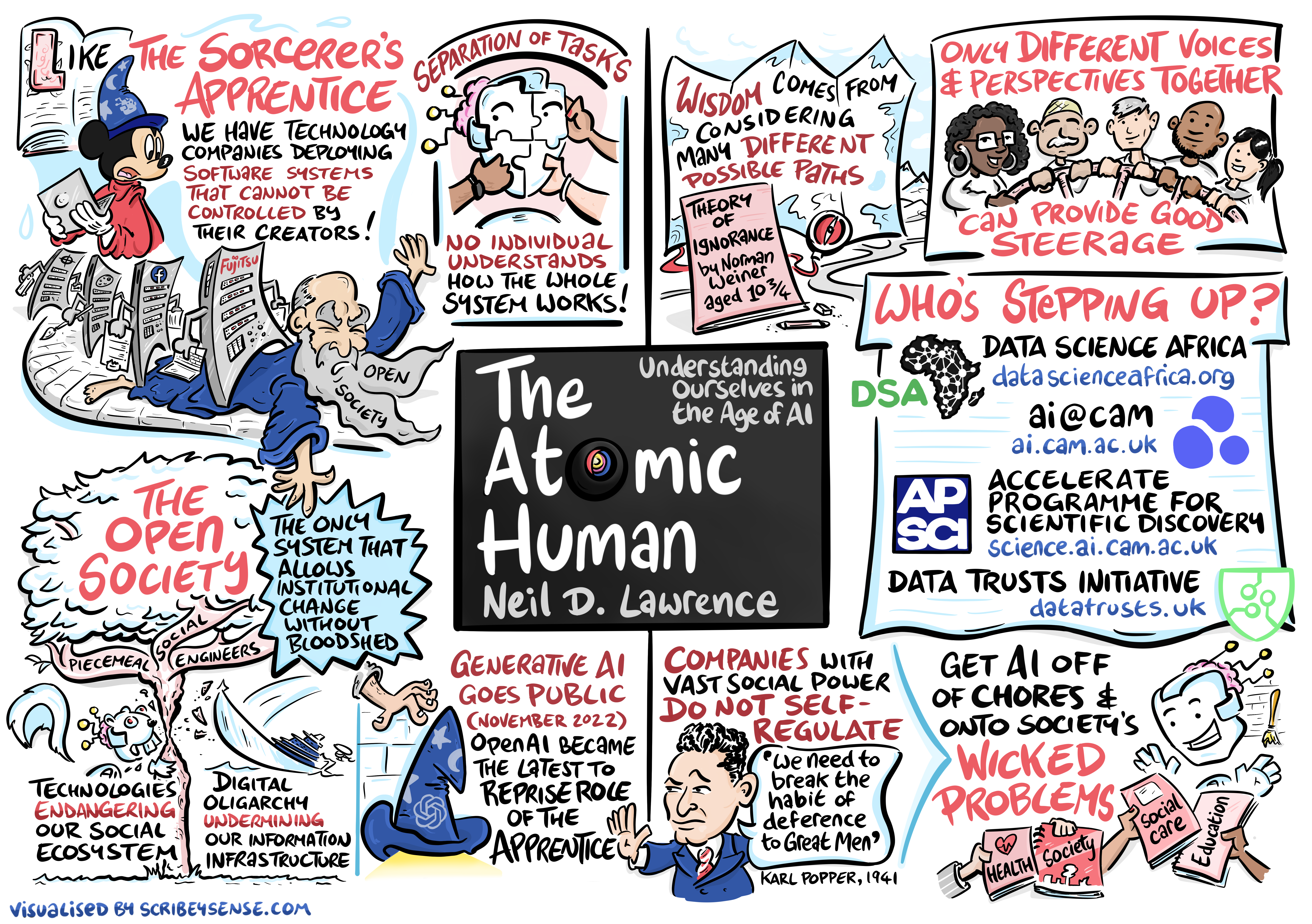
From Philosopher’s Stone to AGI
- Philosopher’s stone: sought to transform base metals to gold
- Modern parallel: Artificial General Intelligence (AGI)
- Both concepts promise magical transformation
The AGI Misconception
- AGI based on flawed notion of rankable intelligence
- Like an “artificial general vehicle” for all journeys
- Intelligence is context-specific, not universal

Information Theory and AI
- Claude Shannon developed information theory at Bell Labs
- Information measured in bits, separated from context
- Makes information fungible and comparable
Information Transfer Rates
- Humans speaking: ~2,000 bits per minute
- Machines communicating: ~600 billion bits per minute
- Machines share information 300 million times faster than humans
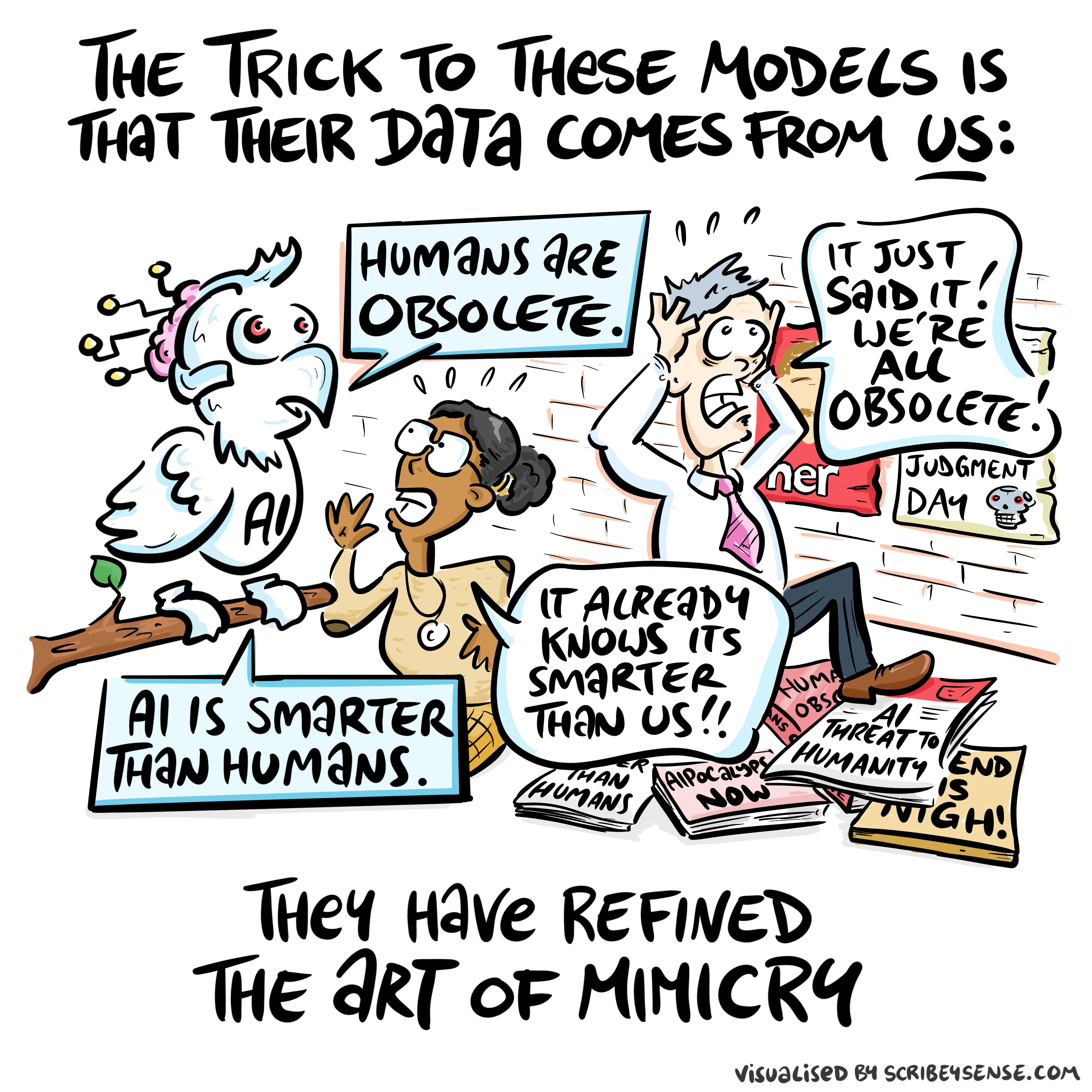
Bandwidth vs Complexity

|
|||
| bits/min | \(100 \times 10^{-9}\) | \(2,000\) | \(600 \times 10^9\) |
New Flow of Information
Evolved Relationship
Evolved Relationship
Revolution

The Risk of Digital Autocracy
- Ancient scribes controlled information through restricted literacy
- Modern digital oligarchy controls information through data asymmetries
- Information control creates power imbalances in society
Modern Information Asymmetries
- Algorithmic attention rents: excess returns from data control
- Human attention becomes the bottleneck in the system
- Power without corresponding social responsibility
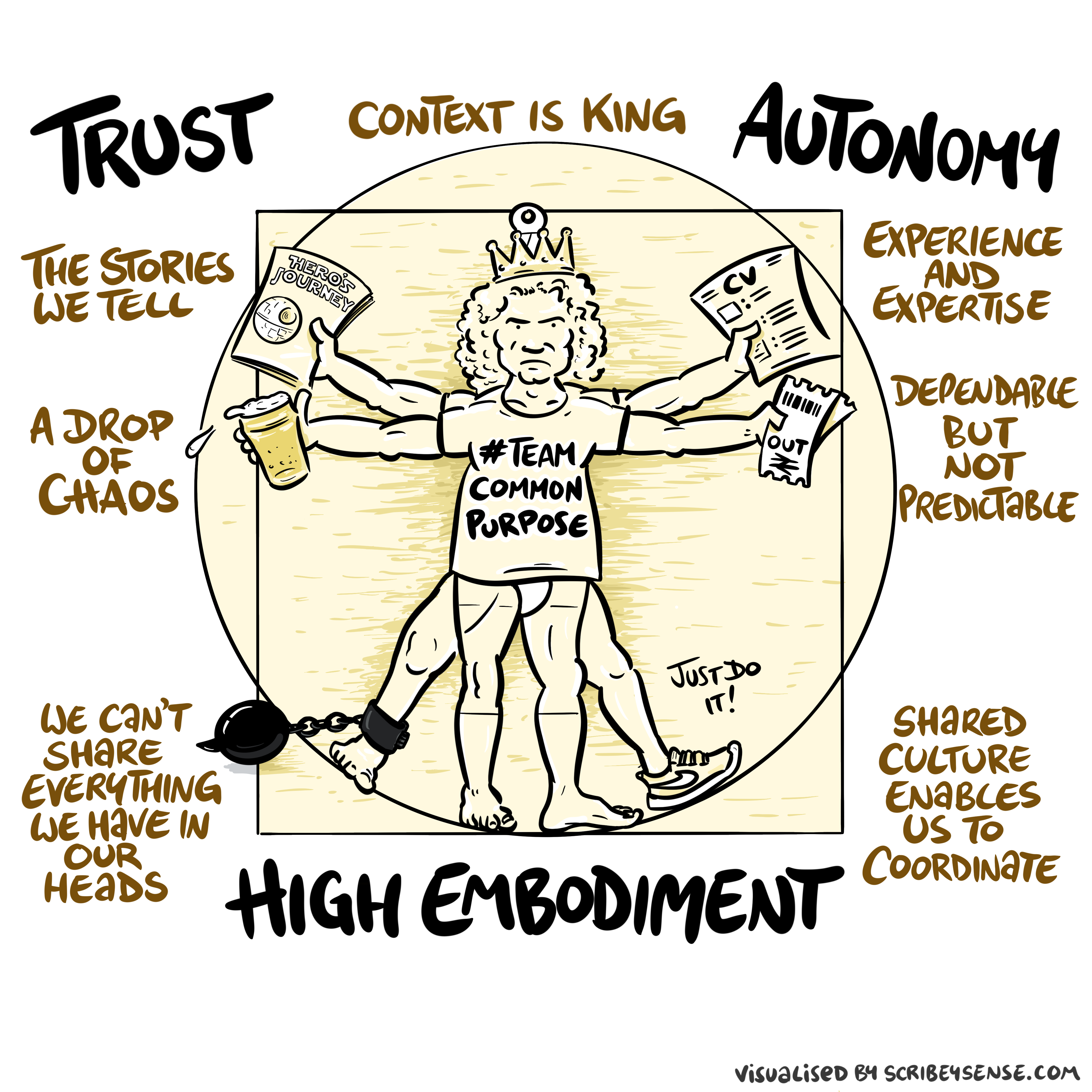
- Machines automate human “mental labor” with algorithmic decisions
- Analogous to how machines previously automated physical labor
- Result: potential inflation of human capital
The New Productivity Paradox
- Original productivity paradox: investment without returns
- Required organizational restructuring to realize benefits
- Example: Amazon’s API mandate reorganized structure around software
From Quantity to Distribution
- Modern AI paradox: misalignment of innovation with societal needs
- Innovation concentrated in commercial, not social domains
- Gap between technological advancement and social value creation
The Innovation Flywheel
- Invests in R&D to produce technical innovations
- Innovations deployed as productivity improvements
- Improvements generate economic surplus
- Surplus reinvested in further R&D
The Attention Reinvestment Cycle
- Traditional innovation flywheel: R&D → Innovation → Productivity → Economic Surplus → R&D
- Problem: Misalignment with societal needs in healthcare, education, social care
A New Model for Innovation
- Attention Reinvestment Cycle liberates human attention
- Freed attention reinvested in knowledge networks
- Creates value through improved human services
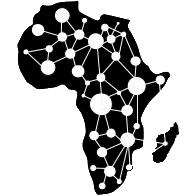
Data Science Africa is a bottom up initiative for capacity building in data science, machine learning and AI on the African continent
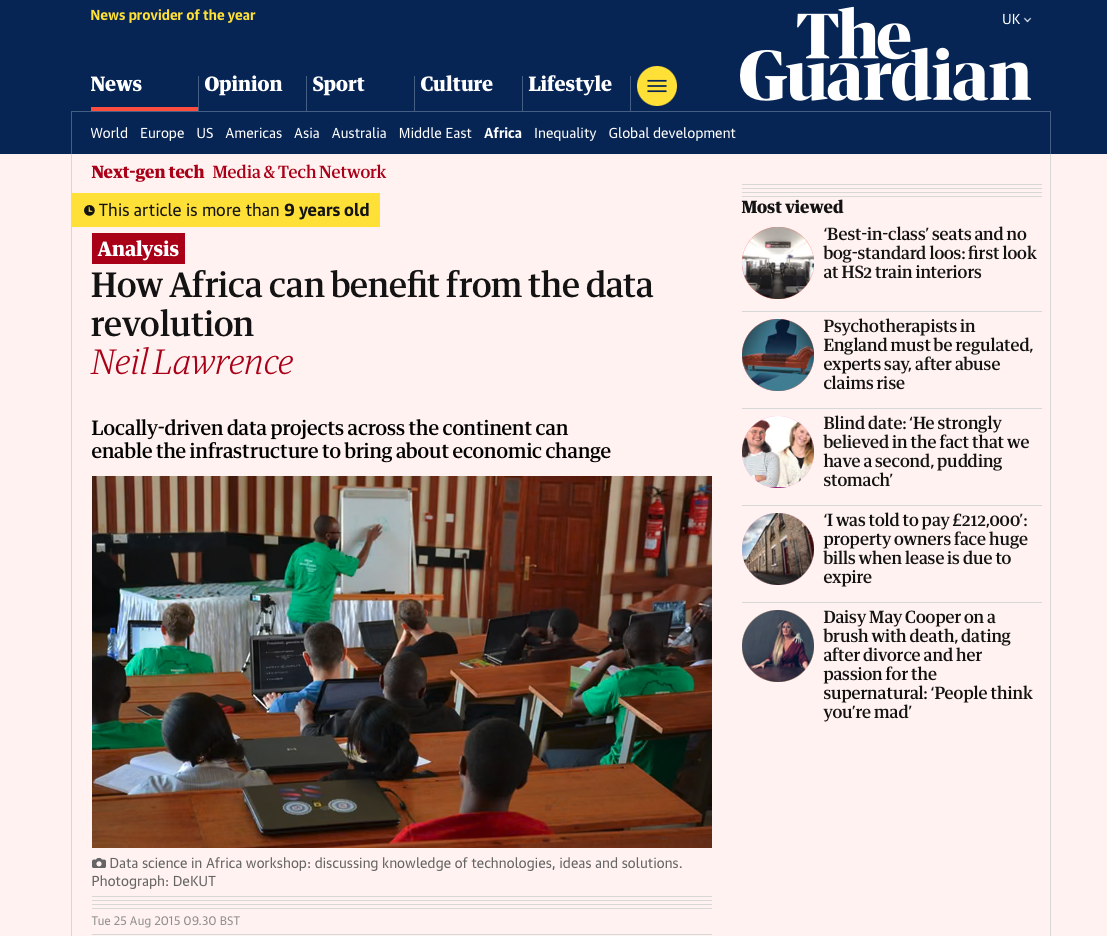
Conclusion
- AI innovation must connect with societal needs
- Engage with piecemeal social engineers
- Move from grand narratives to practical deployment
- Bridge technical and social domains
Thanks!
book: The Atomic Human
twitter: @lawrennd
The Atomic Human pages Human evolution rates 98-99 , Psychological representation of Ecologies 323-327, cuneiform 337, 360, 390.
Guardian article on How African can benefit from the data revolution
Guardian article on Data Science Africa
blog posts:
References
Lawrence, N.D., 2024. The
atomic human: Understanding ourselves in the age of AI. Allen Lane.
Scally, A., 2016. Mutation rates and the evolution of germline
structure. Philosophical Transactions of the Royal Society B 371. https://doi.org/10.1098/rstb.2015.0137